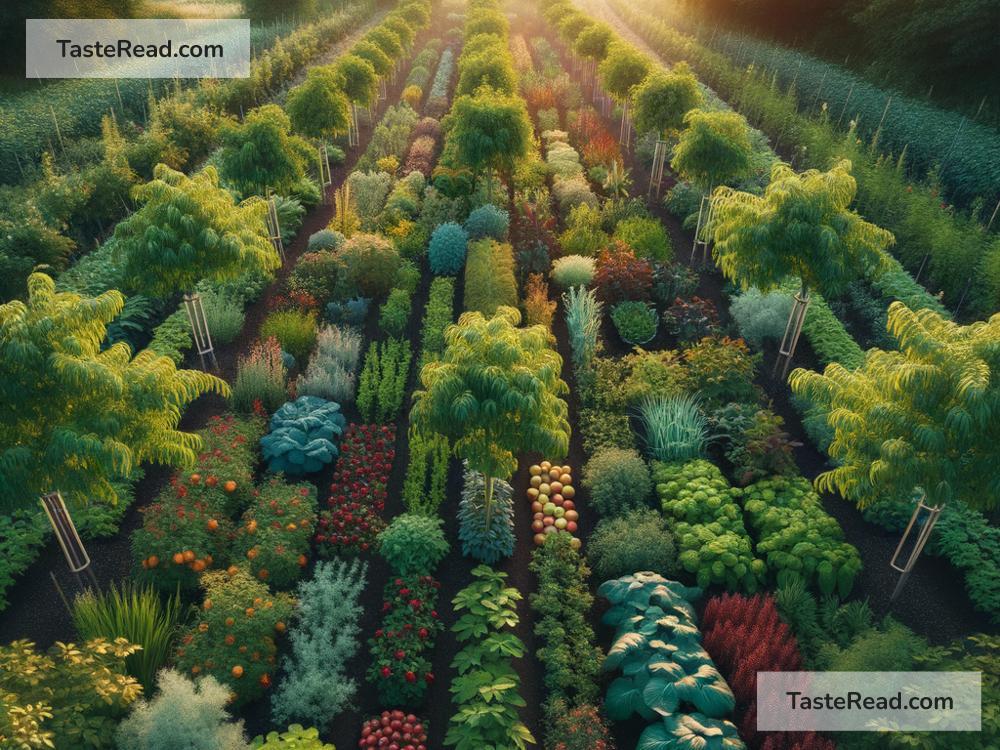Exploring the Role of Food Forests in Ingredient Sourcing
In a world constantly seeking sustainable solutions, an ancient concept is making a remarkable comeback: food forests. But what exactly are food forests, and how are they shaking up the conventional ways of sourcing ingredients? Let’s dive into this fascinating topic and discover the pivotal role food forests play in the journey towards sustainability.
What Are Food Forests?
Imagine stepping into a lush garden where trees, shrubs, herbs, and groundcovers grow together, much like a natural forest. Only, in this magical place, almost everything around you is edible or useful. That’s a food forest. It’s not the neatly arranged vegetable garden you might be familiar with but a carefully designed ecosystem that mimics nature. Food forests are crafted to be self-sustaining, requiring less maintenance and artificial intervention than traditional farming or gardening practices.
Food forests have been part of human history for centuries, utilized by various cultures across the globe. They are now regaining popularity as communities and individuals seek methods to produce food more naturally, sustainably, and with greater biodiversity.
The Role in Ingredient Sourcing
The way we source our food is undergoing a transformation. The conventional method, dominated by large-scale, monoculture farms, heavily relies on practices that harm the environment, such as the excessive use of chemicals and water. This method is efficient but comes at a cost, contributing to biodiversity loss, soil degradation, and water scarcity. Enter food forests, a beacon of sustainable ingredient sourcing.
Food forests offer an incredible variety of outputs, from fruits and nuts to vegetables, herbs, and even medicinal plants. The diversity ensures a year-round supply of food, promoting a balanced diet and providing a safety net against crop failures. Moreover, because a food forest houses a wide array of plant species, it encourages a healthy ecosystem that supports pollinators, birds, and beneficial insects, enhancing crop resilience and yield.
Supporting Local Economies
When we talk about the role of food forests in ingredient sourcing, it’s not just about the environmental benefits. These ecosystems can play a significant role in supporting local economies. Small-scale farmers and communities investing in food forests can reduce their dependency on external markets by growing a significant portion of their food. Moreover, the surplus produce can be sold locally, keeping the money within the community and fostering local economic development.
Encouraging Sustainable Practices
Food forests encourage sustainable practices by design. They require no synthetic fertilizers or pesticides, as the biodiversity within the forest naturally keeps pests in check and promotes soil health. This not only conserves the environment but also provides farmers and consumers with healthier food options. By adopting food forests, we are taking a step back from the brink, giving nature a chance to heal and thrive. This approach can revolutionize the way we think about farming, turning it from a struggle against nature into a symbiotic relationship.
The Challenges and Future Path
Transitioning to food forests isn’t without its challenges. Establishing a food forest takes time, knowledge, and initial investment. Unlike traditional farms, where crops can be harvested within a single season, food forests take years to mature. There’s also a significant knowledge gap. Many modern farmers and gardeners are accustomed to conventional farming methods, so adopting this permaculture approach requires a shift in mindset and learning.
However, the potential benefits far outweigh these challenges. As awareness grows and more communities embrace this model, we’ll likely see a rise in resources and knowledge-sharing platforms to support these transitions. The future of food forestry looks promising, with potential to reshape our landscapes, improve our diets, and repair some of the damage done to our planet.
Conclusion
Food forests represent an exciting frontier in the quest for sustainable food production and sourcing. They embody principles of permaculture, sustainability, and biodiversity, offering a blueprint for producing food in harmony with nature. As global awareness around environmental issues grows, food forests could play a crucial role in transforming our food systems, making them more resilient, diverse, and locally-focused. The journey toward widespread adoption of food forests is just beginning, but with each step, we move closer to a more sustainable and food-secure world.


